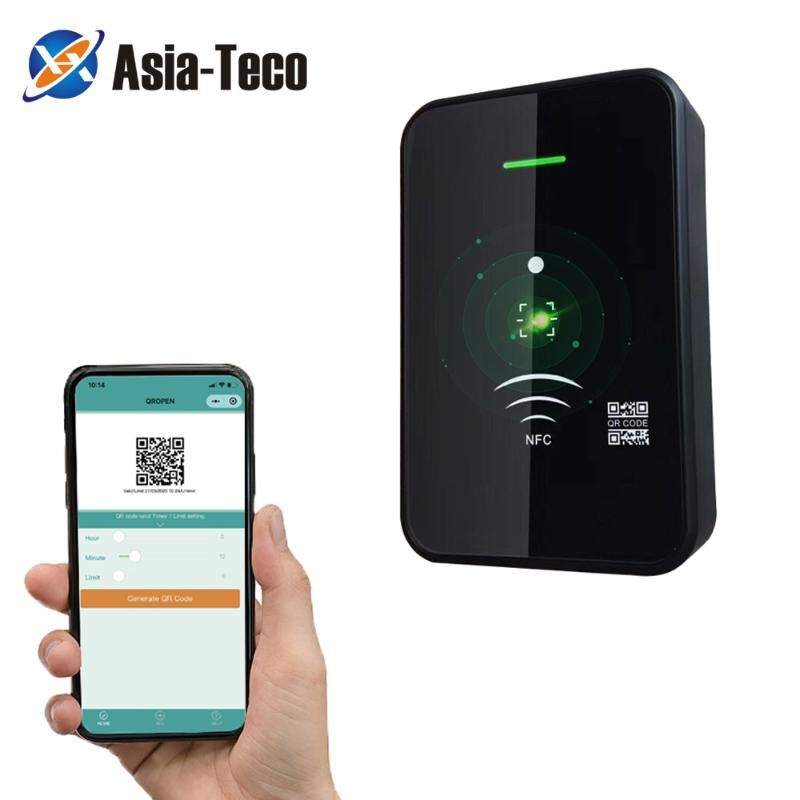

#Barcode wechat code
People can scan someone else’s QR code to add that person to their contact lists. An added benefit was that two persons could become WeChat contacts without knowing each other’s phone numbers. Because WeChat did not support searching for people by name, scanning a personal code saved both input effort and user memory, as users did not need to type anything, nor did they need to remember (or get access to) a user ID or a phone number.
#Barcode wechat install
In contrast, in China, WeChat’s mobile application has had an embedded QR-code scanner since 2012, so the millions of WeChat users don’t need to install any special app to have access to this functionality - they can simply take advantage of the preinstalled WeChat.īut that is not enough - WeChat has many other features that are hardly discoverable and rarely used by its customers.
#Barcode wechat download
Thus, QR codes fall the ease-of-use test in the US: to use them, people will have to do some initial work to find an app and download it, and, later on, they will have to remember what this app is to use it for more scanning. Just taking a picture of the code with the phone’s camera won’t work. In the US, to scan a QR code encountered on the street, in a store, or in a magazine, you’d need a QR-code scanner - that is, you’d need to install a special application dedicated to this operation.

QR codes and the shake gesture have met all these three criteria in China, but not in the US.
#Barcode wechat tv
Our study participants also reported using the shake gesture in WeChat to interact with various TV shows and businesses, or to get more information about a song.

In our diary study conducted in China with WeChat users, many participants mentioned this feature and assigned a central role to it in their mental model of WeChat. In China QR codes are ubiquitous, partly due to the highly popular WeChat service, which had 700 million users in April 2016. The QR code takes users to a page in WeChat where they can purchase the products. A QR code for the Chinese company Juewei advertising its snacks on a subway car. If I asked you to scan a QR code on your phone today, chances are that you wouldn’t be able to. However, they never caught on and they have pretty much fallen into oblivion. A few years back, QR codes, 2-dimensional “quick response” barcodes traditionally made up of black squares placed on a white square grid, were touted as the next big thing: you could use them to quickly scan a URL in a magazine or on a poster and read more information about the product.


 0 kommentar(er)
0 kommentar(er)
